How Thickness of Acoustic Foam Panels Affects Absorption
Share
How Thick Should Acoustic Foam Be?
One of the most common questions we get asked is how thick should acoustic foam be? This is a difficult question to answer as it depends on a variety of factors including the size of the room, the type of acoustic foam, and the desired frequency response. In this blog post, we will explore how thickness affects absorption and provide some general guidelines for those looking to purchase acoustic foam panels.
Absorption is a measure of how well a material can reduce the sound energy that is transmitted through it. Acoustic foam panels are effective at absorbing sound because they are made up of small cells that trap and dissipate sound energy. The thicker the acoustic foam panel, the more cells there are and the better it will be at absorbing sound.
Thinner acoustic foam panels are better at absorbing high frequencies, while thicker panels absorb lower frequencies as well. This is because the higher frequencies have a shorter wavelength and can more easily pass through thinner panels. Thicker acoustic foam absorbs the full frequency range from 125 Hz and up, making it ideal for use in bass traps.
Noise Reduction Ratings For Acoustic Foam
The Noise Reduction Coefficient, commonly known as the NRC for a material is simply a measure of how much sound, or acoustic energy, a material can absorb. The below formula will help us interpret what a materials NRC tells us.
NRC = decibles absorbed / decibles reflected
The NRC will be in decimal format. For example, let's say a material has an NRC of 0.30. What we are saying is that the material absorbed 30% of the acoustic energy and reflected 70%.
Materials will often have different NRC ratings throughout the frequency spectrum. The overall NRC of a material is calculated by averaging the individual NRC's for each frequency range measured.
These tables show the NRC values for our acoustic foam panels. As you can see, the thicker the acoustic foam, the higher the NRC. Also, notice that thinner 1 inch and 2 inch thick panels are great for absorbing high end frequencies while thicker foam and bass traps are preferred for absorbing low end acoustic noise and bass tones.
Buy Acoustic Foam In Different Thicknesses
SoundAssured offers acoustic foam panels in multiple thicknesses, so you can choose the one that best suits your needs. We also offer custom acoustic foam panels, so if you need a specific thickness or size, we can create it for you.
If you are unsure about which thickness of acoustic foam panel to purchase, our team is happy to help. We can guide you to the right product based on your needs and budget.
Contact us today for more information.
Check out some acoustic foam installations below to give you some ideas for your project!
Vocal Booth

Streaming Setup
Home Theater
Home Recording Studio
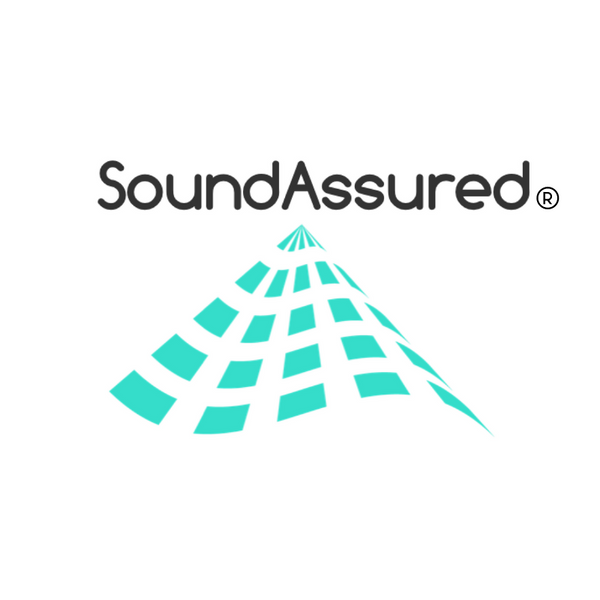







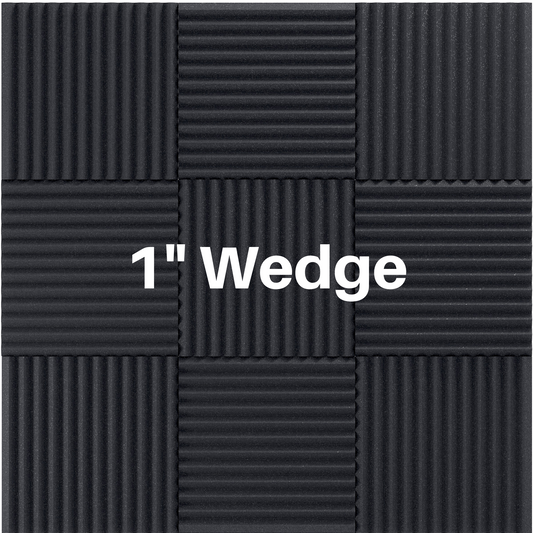
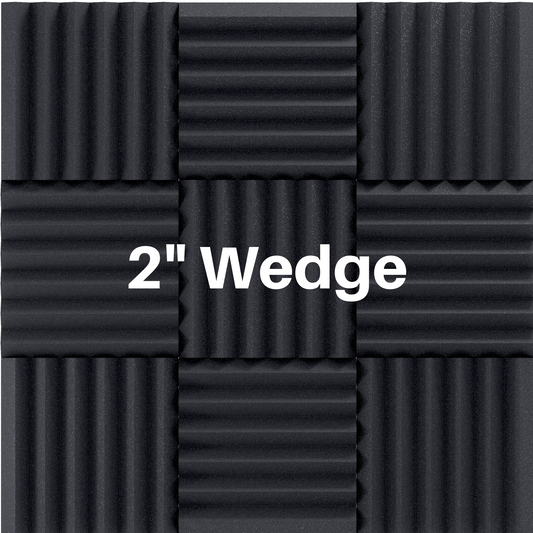
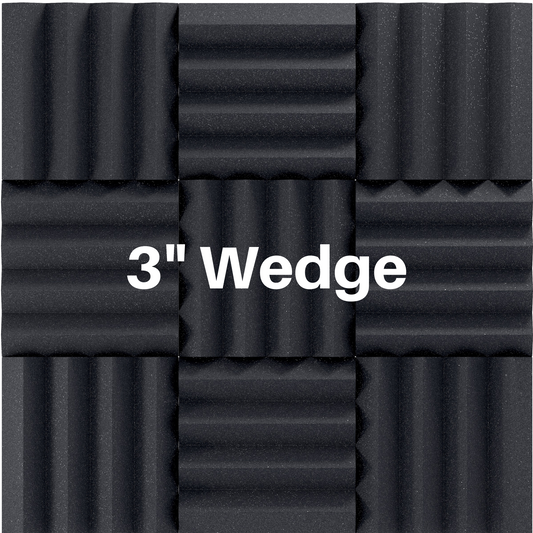
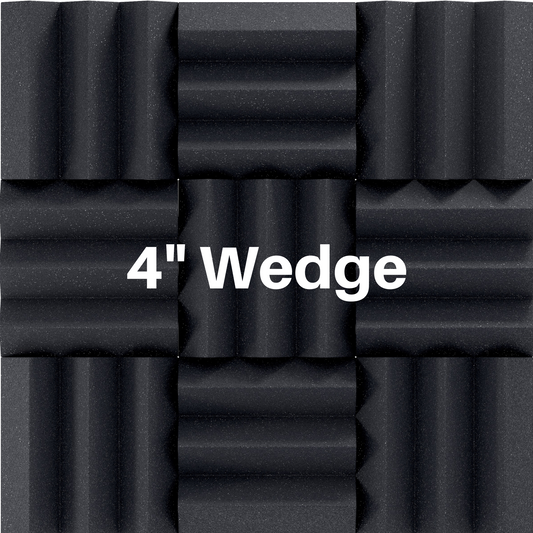
1 comment
My house is located near highway and therefore noise of motor vehicles like their horn sounds and engine noise make my living uncomfortable.I shall be highly grateful if you please spare some time towards solving the problem.